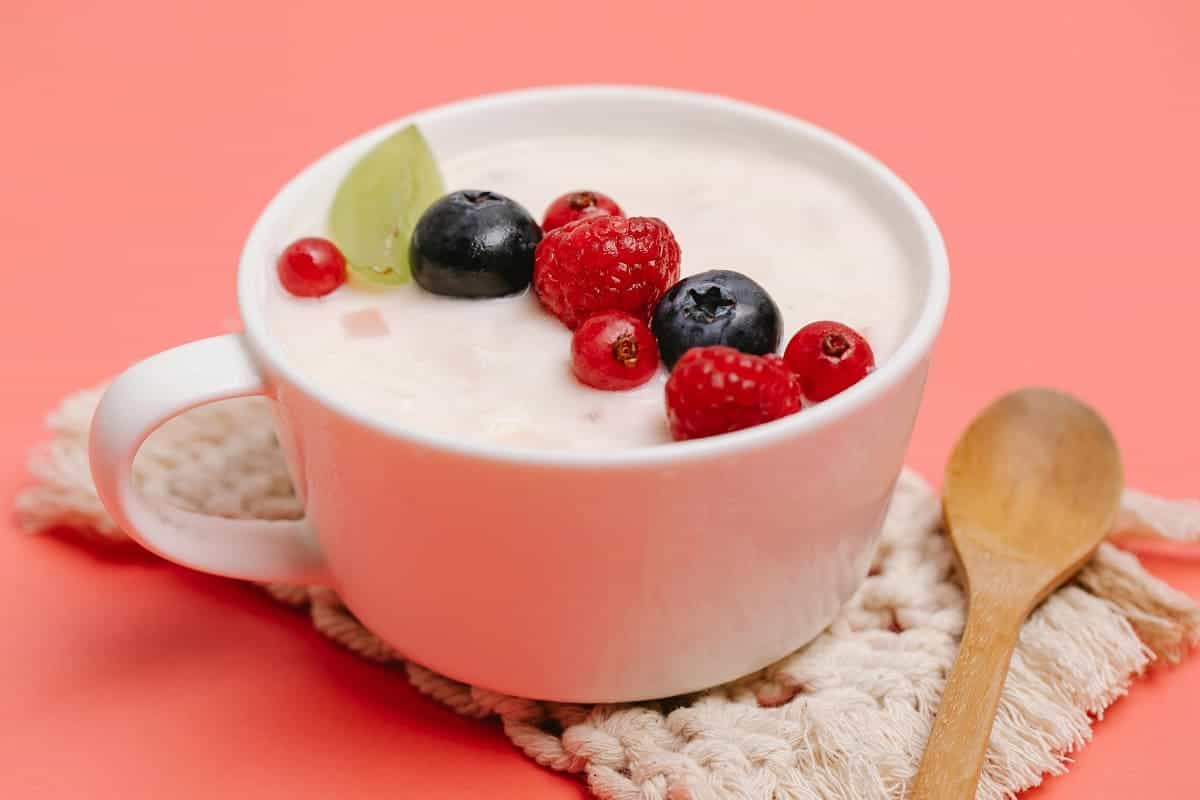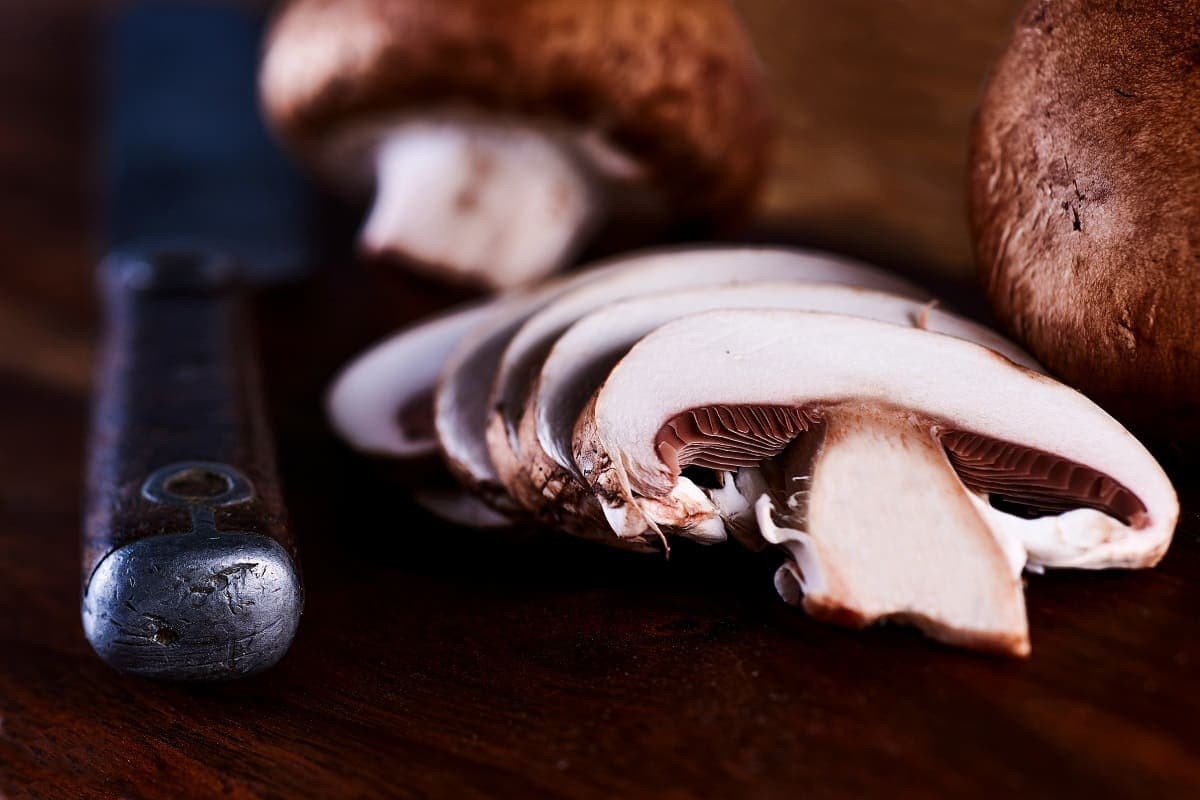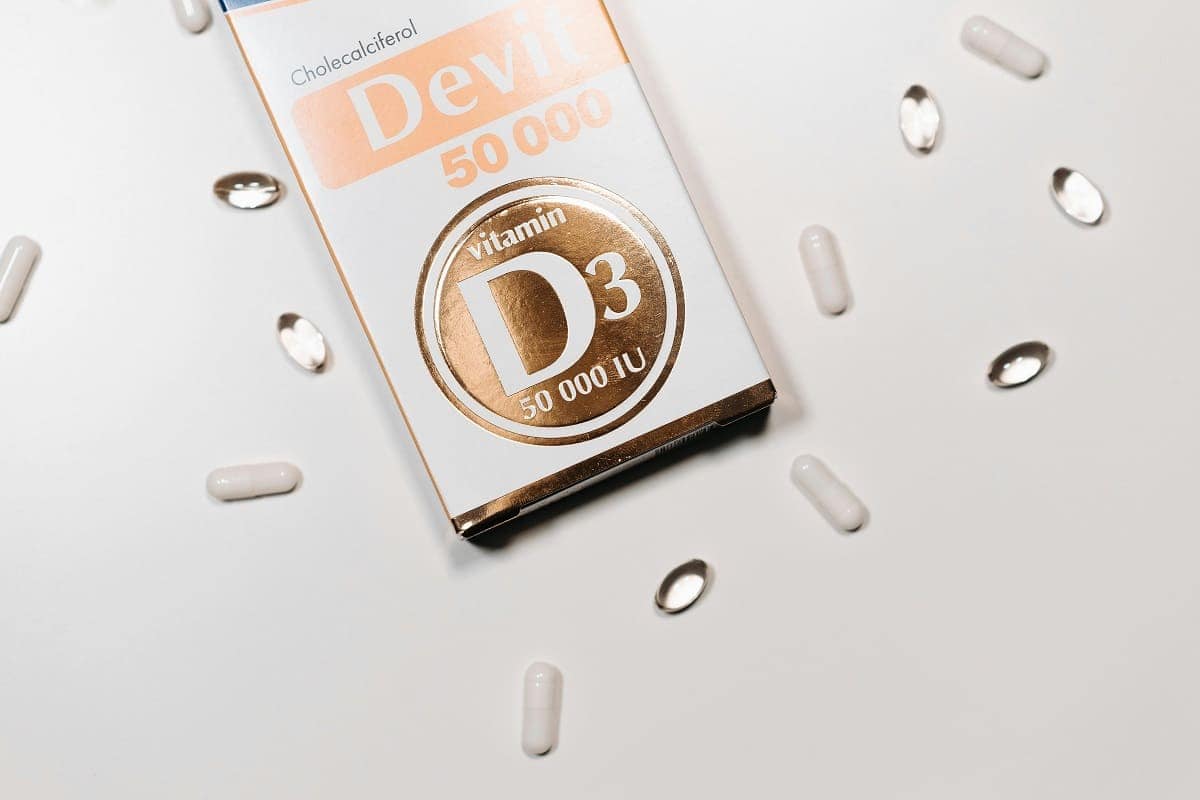Feeling Low on Vitamin D? Here’s 5 Ways to Increase It This Fall
In today’s society, it is easy to get low on Vitamin D. So many people became hermits during the pandemic and found it hard to get back in the habit of leaving the house when it ended. Millions of people are cooped up in offices all day or have airborne allergies. Whatever the reason may be, more and more people are finding it hard to get their recommended amount of Vitamin D. According to the National Institutes of Health, the recommended daily Vitamin D intake is 15-20 mcg (600-800 IU) for adults and 10-15 mcg (400-600 IU) for infants, children, and adolescents. Here are five ways to try to meet those goals this fall.
1. Schedule Time Outside…In Moderation

The easiest source of Vitamin D is sunlight. The human body will produce its own Vitamin D when exposed to sunlight for approximately 20 minutes. This can be a balancing act, though. It is the sun’s UVB rays that trigger Vitamin D production in the body. Most of today’s sunscreens are designed to protect skin by blocking UV rays. Check the UV index before planning those outdoor sessions, and avoid activities during peak UV radiation times (11 a.m. to 3 p.m.). Whether it is a 20-minute morning walk before work or reading a book on the porch for 20 minutes in the evening, try to schedule some time outside each day.
2. Eat More Fish And Eggs

The U.S. government says that foods like eggs, salmon, tilapia, freshwater trout, herring, sardines, flounder, and even canned tuna are excellent sources of Vitamin D. Rainbow trout and salmon are especially high in the vitamin. Fish are also heart-healthy, low in fat, rich in protein and omega-3 fatty acids, and believed to improve cognitive function. (Just avoid frying the fish, as that raises the fat and cholesterol content.)
3. Increased Dairy And Dairy Alternative Intake

Dairy products are a good source of Vitamin D, even alternative dairy products. Increasing your intake of products like milk, soy milk, rice milk, almond milk, yogurt, kefir, and American cheese can boost your body’s Vitamin D supply. Vitamin D is largely unaffected by heat, so you can use these items while cooking without affecting anything.
4. Eat More Raw Mushrooms

While mushrooms vary greatly in Vitamin D content, mushrooms grown under UV lights can be very high in the nutrient. Wash and slice a few mushrooms to put on lettuce salads, mix them into pasta salads, or add them to your veggie trays and dip them in hummus or ranch. Mushrooms, however, are one of the few foods that tend to lose the vitamin when cooked. So if you are going to cook them, it is best to do it on lower temperature settings for short periods of time. Deep frying is not recommended.
5. Drink More Orange Juice

Surprisingly, that morning OJ is a good way to get your D. It has become increasingly popular to eat breakfast foods later in the day. While brunch is all the rage, more and more people are eating traditional breakfast foods for lunch and dinner, as well. Orange juice has tagged along with those pancakes, waffles, omelets, breakfast sandwiches, and other favorites that have moved later in the day. Alcohol can block your body from absorbing, metabolizing, and retaining Vitamin D. So if you are looking to up your Vitamin D intake, avoid those mimosas at the brunch buffet.
The Wrap-Up
Vitamin D helps the body absorb calcium. A deficiency can lead to a loss of bone density, so it is very important to make sure that you find a way to get a steady supply. If these ideas aren’t right for you, you can always look at taking vitamin supplements. However, they often don’t absorb as well as eating whole foods, and they definitely won’t replace sunlight.
Each person’s situation is different. Certain health conditions may leave supplements as the only alternative or rule them out entirely. Always check with your doctor before making any major dietary changes or starting a supplement. For more information on the National Institutes of Health’s recommendations regarding Vitamin D, you can click here.







